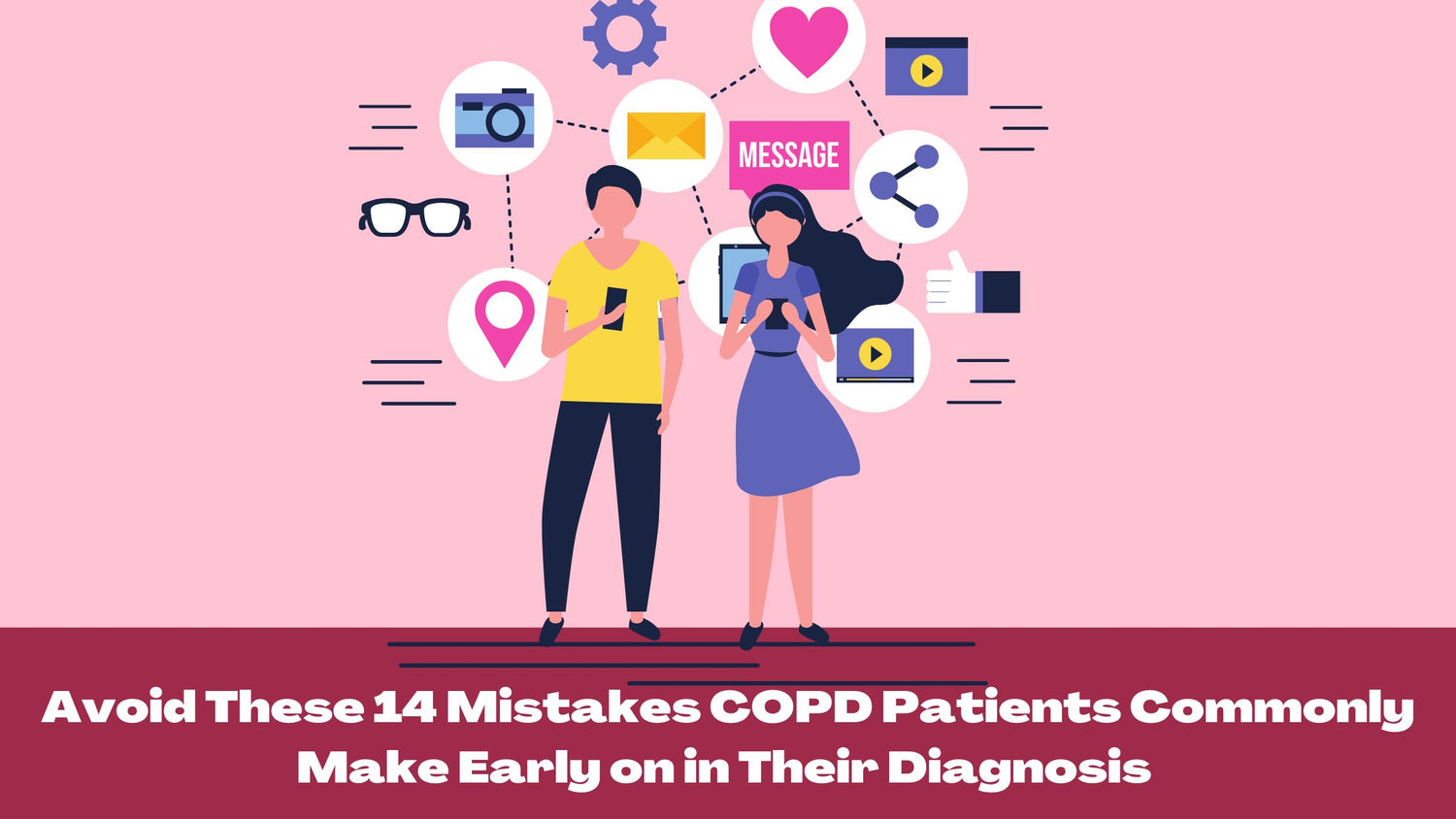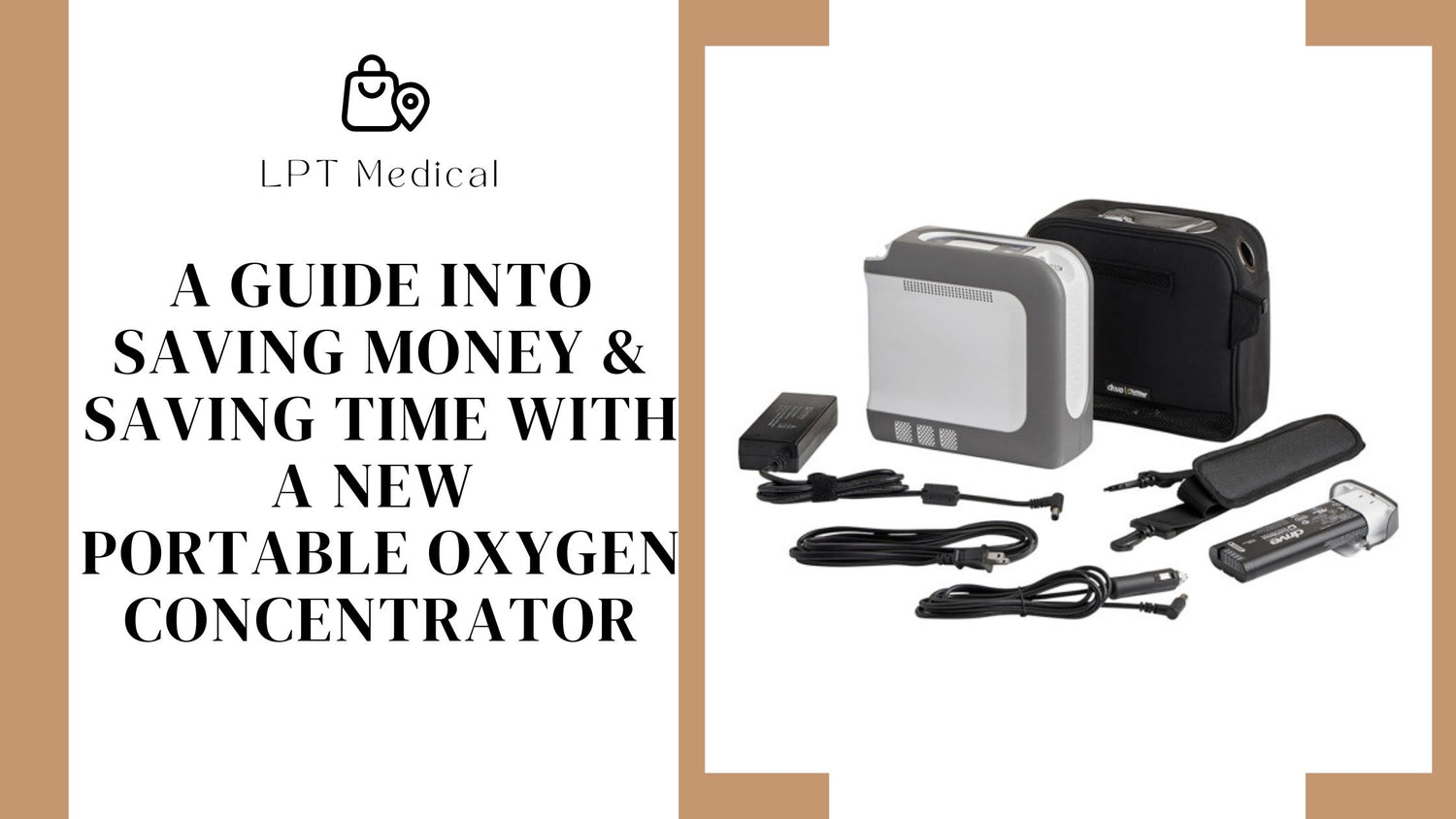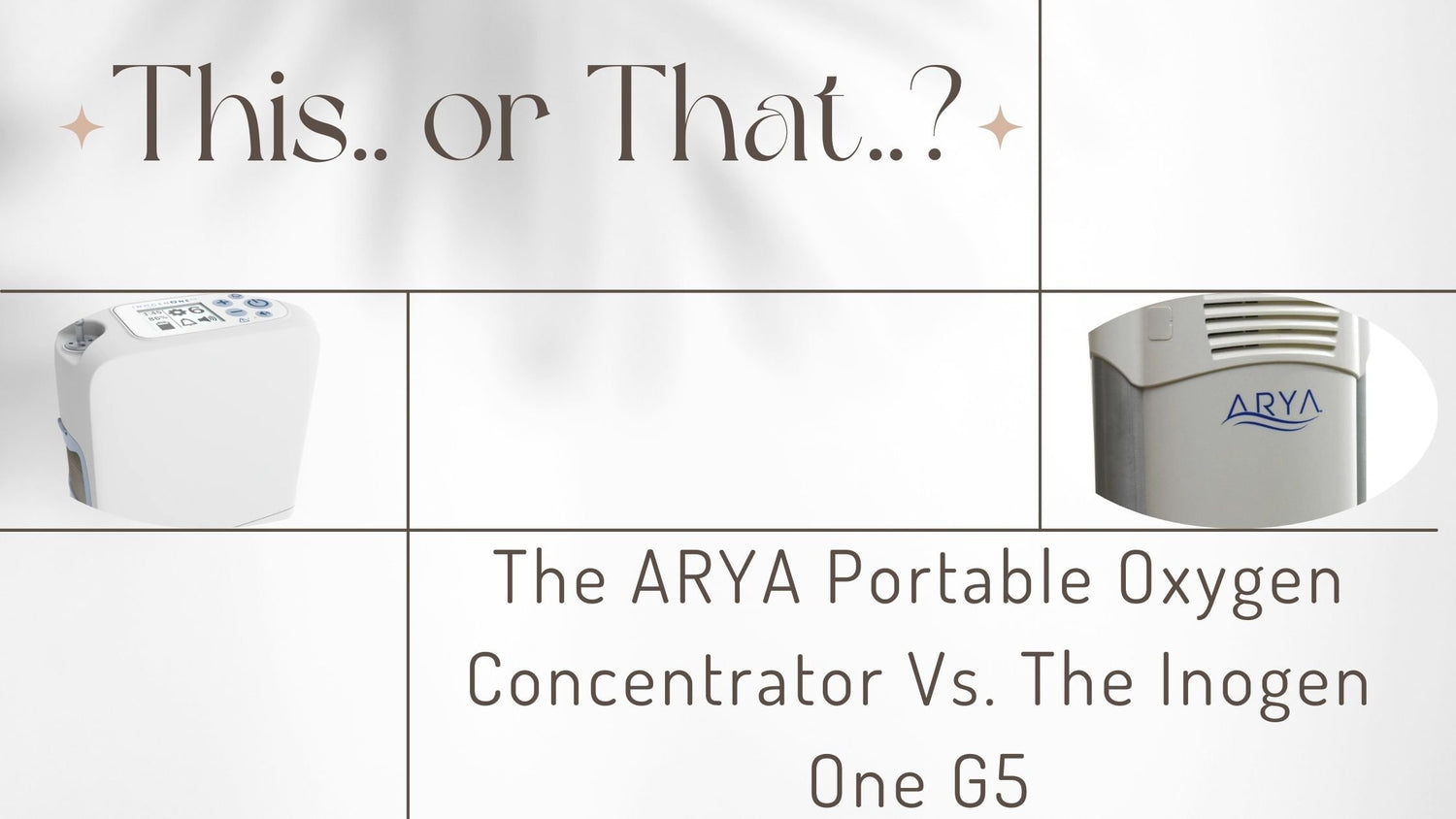Respiratory Resource Center - LPT Medical
Avoid These 14 Mistakes COPD Patients Commonly Make Early on in Their Diagnosis
Are you newly diagnosed with COPD? Do not...
Read MoreA Guide Into Saving Money & Saving Time With A New Portable Oxygen Concentrator
Is spending the upfront cash on a high-quality...
Read MoreThe ARYA Portable Oxygen Concentrator Compared to The Inogen One G5
We are offering a new product: the ARYA Portable...
Read More


